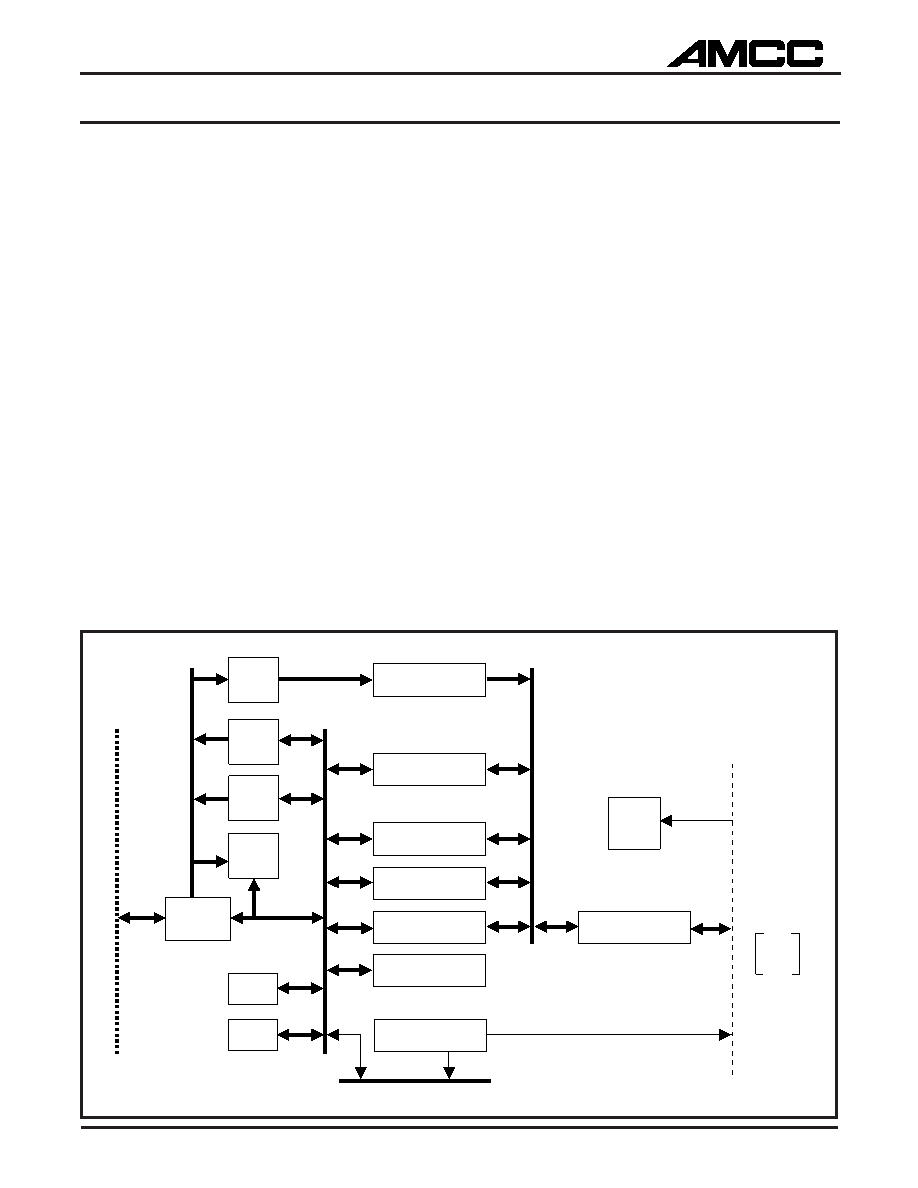- 您現(xiàn)在的位置:買賣IC網(wǎng) > PDF目錄98071 > S5933QE (APPLIEDMICRO INC) PCI BUS CONTROLLER, PQFP160 PDF資料下載
參數(shù)資料
| 型號: | S5933QE |
| 廠商: | APPLIEDMICRO INC |
| 元件分類: | 總線控制器 |
| 英文描述: | PCI BUS CONTROLLER, PQFP160 |
| 封裝: | PLASTIC, QFP-160 |
| 文件頁數(shù): | 1/176頁 |
| 文件大小: | 823K |
| 代理商: | S5933QE |
當前第1頁第2頁第3頁第4頁第5頁第6頁第7頁第8頁第9頁第10頁第11頁第12頁第13頁第14頁第15頁第16頁第17頁第18頁第19頁第20頁第21頁第22頁第23頁第24頁第25頁第26頁第27頁第28頁第29頁第30頁第31頁第32頁第33頁第34頁第35頁第36頁第37頁第38頁第39頁第40頁第41頁第42頁第43頁第44頁第45頁第46頁第47頁第48頁第49頁第50頁第51頁第52頁第53頁第54頁第55頁第56頁第57頁第58頁第59頁第60頁第61頁第62頁第63頁第64頁第65頁第66頁第67頁第68頁第69頁第70頁第71頁第72頁第73頁第74頁第75頁第76頁第77頁第78頁第79頁第80頁第81頁第82頁第83頁第84頁第85頁第86頁第87頁第88頁第89頁第90頁第91頁第92頁第93頁第94頁第95頁第96頁第97頁第98頁第99頁第100頁第101頁第102頁第103頁第104頁第105頁第106頁第107頁第108頁第109頁第110頁第111頁第112頁第113頁第114頁第115頁第116頁第117頁第118頁第119頁第120頁第121頁第122頁第123頁第124頁第125頁第126頁第127頁第128頁第129頁第130頁第131頁第132頁第133頁第134頁第135頁第136頁第137頁第138頁第139頁第140頁第141頁第142頁第143頁第144頁第145頁第146頁第147頁第148頁第149頁第150頁第151頁第152頁第153頁第154頁第155頁第156頁第157頁第158頁第159頁第160頁第161頁第162頁第163頁第164頁第165頁第166頁第167頁第168頁第169頁第170頁第171頁第172頁第173頁第174頁第175頁第176頁

3-9
ARCHITECTURAL OVERVIEW
S5933
INTRODUCTION TO THE PCI LOCAL BUS
The local bus concept was developed to break the
PC data bottleneck. Traditional PC bus architectures
are inadequate to meet the demands of today’s
graphics-oriented systems and large application
sizes. A local bus moves peripherals off the I/O bus
and places them closer to the system’s processor
bus, providing faster data transfer between the pro-
cessor and peripherals.
The PCI Local Bus addresses the industry’s need for
a local bus standard that is not directly dependent on
the speed and size of the processor bus, and that is
both reliable and expandable. It represents the first
time in the history of the PC industry that a common
bus, independent of microprocessor design and
manufacturer, has been adopted and used by rival
PC computer architectures. PCI offers simple “plug
and play” capability for the end user, and its perfor-
mance is more than adequate for the most demand-
ing applications, such as full-motion video.
FEATURES
PCI 2.1 Master/Slave Controller
Generic 8/16/32-bit Add-On user bus
Four definable memory block Pass-Thru regions
Direct Add-On mailbox data strobe pin for PCI
interrupt
Optional boot load/external BIOS serial or byte-
wide nvRAM
Two 32 Byte FIFOs and 32 byte mailboxes
Industry standard 160-pin PQFP
APPLICATIONS
Digital Video
Networking
Multimedia
Data Aquisition
Figure 1. S5933 Block Diagram
FIFO
DECODER
MAILBOXES
PASS THRU DATA
BUFFER
PASS THRU ADDRESS
WRITE
ADDRESS
LATCH
WRITE
READ
MUX/
DEMUX
PROGRAM–
MABLE
DECODER
CONFIG.
REGS
CONTROL
BUFFERS & LATCHES
PCI
BUS
ADDR
DATA BUS
SELECT &
CONTROL
ADD-ON
INTERFACE
STATUS &
INTERRUPT
8/16/32
BIOS ROM INTERFACE
PCI Bus Master (DMA)Transfer Counters
相關PDF資料 |
PDF描述 |
|---|---|
| S6A0032 | 16 X 80 DOTS DOT MAT LCD DRVR AND DSPL CTLR, UUC138 |
| S6A0069 | 16 X 40 DOTS DOT MAT LCD DRVR AND DSPL CTLR, UUC80 |
| S6A0078 | 34 X 120 DOTS DOT MAT LCD DRVR AND DSPL CTLR, UUC183 |
| S80296SA40 | 16-BIT, 40 MHz, MICROCONTROLLER, PQFP100 |
| S80486-DX4-75-S-V-8-B | 32-BIT, 75 MHz, MICROPROCESSOR, PQFP208 |
相關代理商/技術參數(shù) |
參數(shù)描述 |
|---|---|
| S5935 | 制造商:AMCC 制造商全稱:Applied Micro Circuits Corporation 功能描述:PCI Product |
| S5935_07 | 制造商:AMCC 制造商全稱:Applied Micro Circuits Corporation 功能描述:PCI Product |
| S59355QRC | 制造商:AppliedMicro 功能描述: |
| S5935QF | 制造商:AMCC 制造商全稱:Applied Micro Circuits Corporation 功能描述:PCI Product |
| S5935QRC | 制造商:AppliedMicro 功能描述:PCI Master Device 160-Pin PQFP |
發(fā)布緊急采購,3分鐘左右您將得到回復。